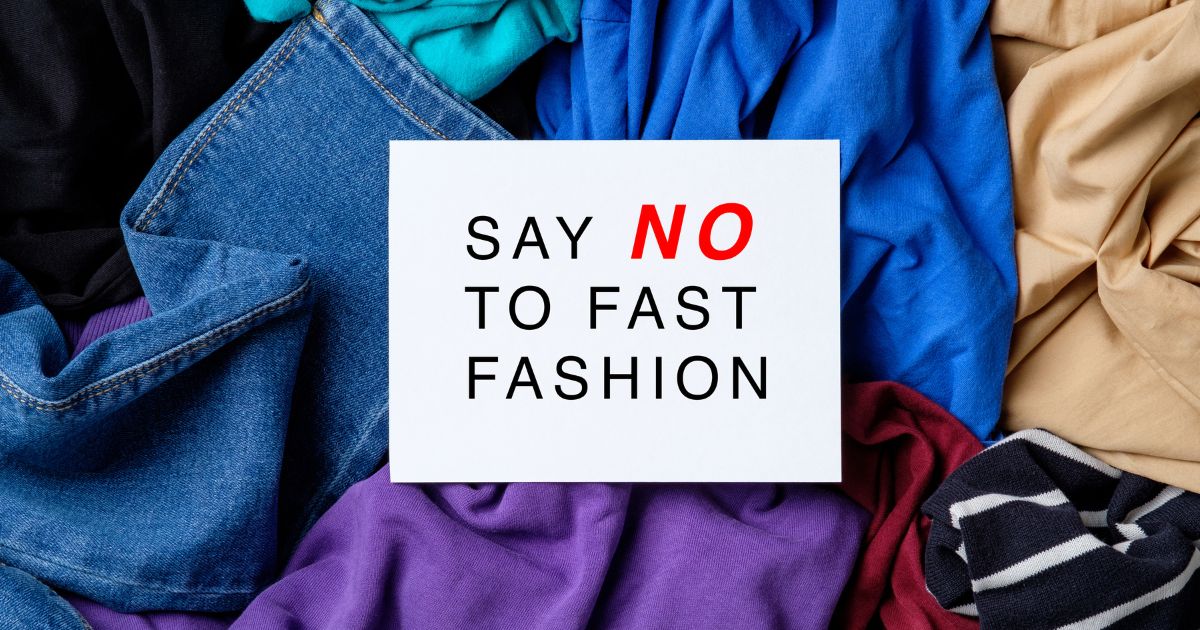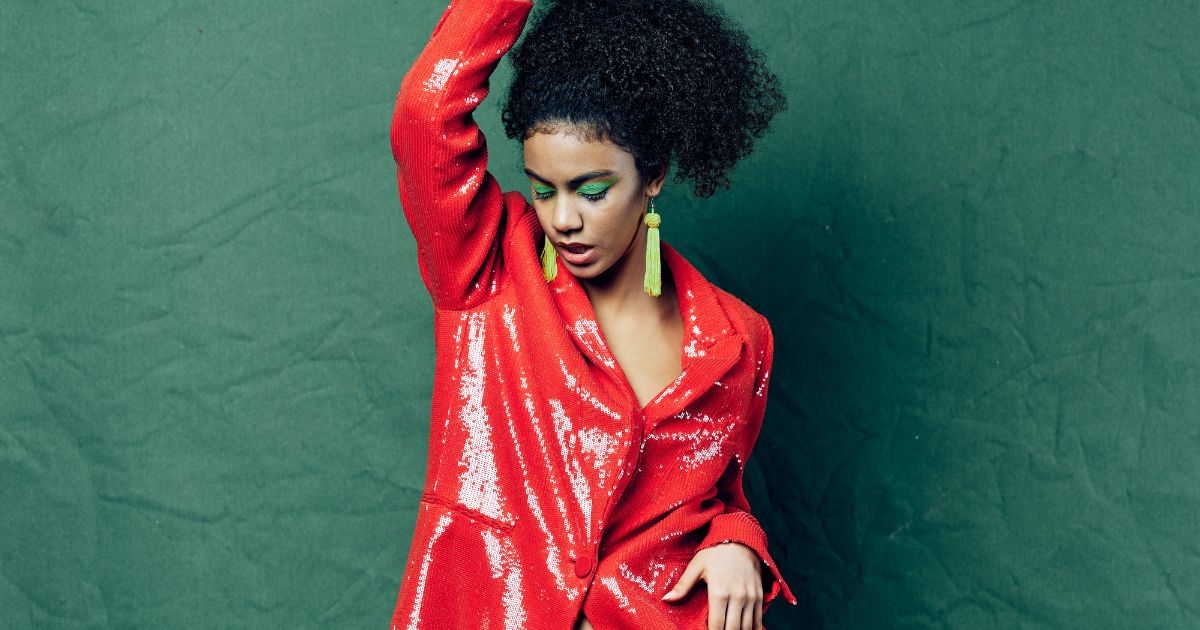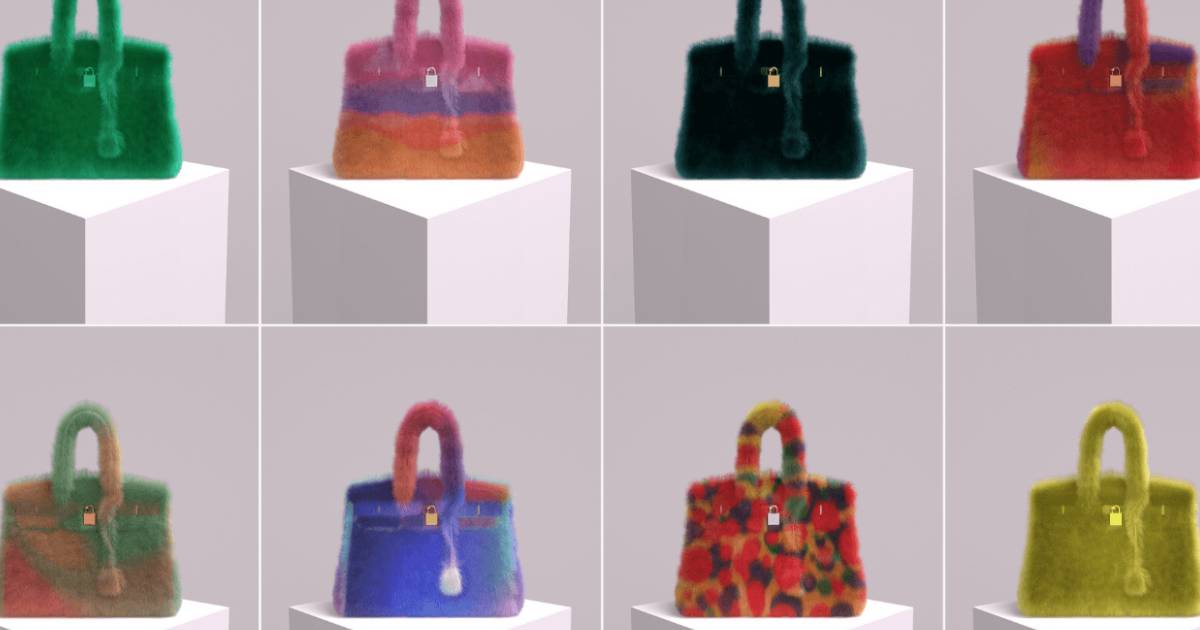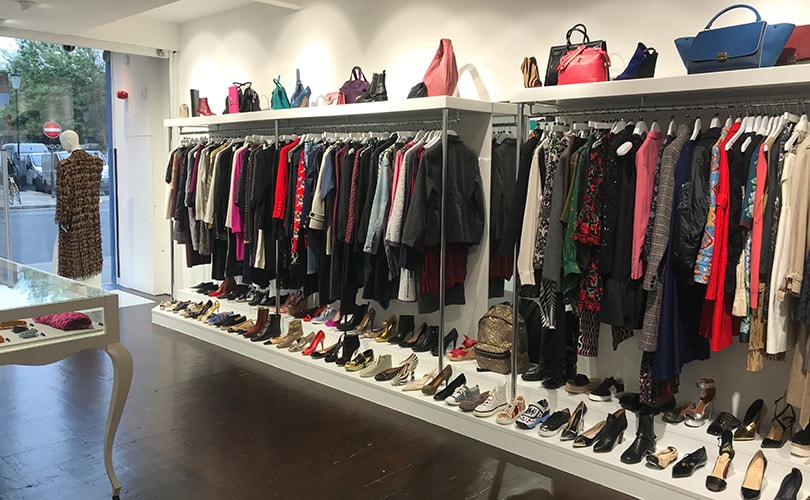INTRODUCTION
Fashion collaborations generally involve two or more parties working on a fashion project. These collaborations can take many forms such as a designer partnering with a retailer to create a clothing line or a fashion brand partnering with another fashion brand to create a limited edition line. Fashion collaborations are mutually and equally benefiting. Older brands collaborate to stay relevant in the industry by collaborating with new and young brands while the younger brands gain from attaching themselves to the goodwill of older brands.
In recent years, fashion collaborations between designers, high street, and chain retailers have gotten progressively common. The benefits of working with a high street fashion retailer include not only financial gain but also the opportunity to reach out to a new consumer base through a broader market. For instance, Fendace was a creative interpretation of collaboration between Versace and Fendi in which fashion house designers Donatella Versace and Kim Jones swapped roles with Fendi creating a “Versace by Fendi” collection, and Versace creating a “Fendi by Versace” collection.
However, it is imperative for fashion brands and designers to legally bind their collaboration and partnerships by clearly defining their terms and conditions in an agreement. It protects them by writing their ability to regulate quality, costs, and brand saturation because poor quality, low prices, and stacking their apparels high while pricing them low type of establishments can damage the brand’s reputation in the long run.
LEGAL IMPLICATIONS
There are several legal considerations that fashion brands and designers should be aware of while in collaborations or partnerships that include:
- Intellectual Property:
When there are collaborations, the parties must be clear about who owns the intellectual property rights. Hence, one of the most imperative components of a collaborative agreement is retaining the underlying intellectual property. Some of the essential questions that arise from the spectrum of intellectual property are about the ownership of the designs, copyright, the right to use subject images, etc. Fashion brands often use the conventional work for hire approach. They hire designers on commission basis to design products specifically for them. In this scenario, brands are likely to own the right of the design or product. The designer must make sure to clear the terms and conditions on this behalf with the brand. When it comes to licensing the artwork, the brand licenses the work of the designer for a given period of time to create a collaborative collection. In this scenario, it is crucial to ensure that the underlying intellectual property rights of the collaborative artwork belong to the designer unless they themselves particularly negotiate to sell the rights to the brand for compensation.
- Product Description:
What is being licensed to the retailer should be made very clear in the agreement. The designer might not want the retailer to hold a licence over each of their brands if they are a tied with several different retailers. More often than not, the retailers tend to demand an exclusive license to sell the designer’s brand. This implies that while the agreement is in effect, the designer won’t be able to licence the brand to another retailer, so they must carefully assess their options. Usually, a sub-brand or diffusion line creates a distinguishing factor between the primary brand and the sub-brand.
The designer’s products should be expressly stated in the agreement as well. If a designer signs a contract with a major department store, the retailer could wish to utilise the designer’s brand on more than simply clothing, such as eyewear, accessories, jewellery, etc. The designer should consider carefully the list of products they are willing to licence to a retailer, especially if it is an exclusive license. The most important thing to keep in mind is if it makes sense to license various products to several retailers rather than being restricted to just one.
- Product Distribution
In brand collaboration, choosing which fashion brand between the two or more avails the collaborative product should be considered and discussed. For instance, when the brand Supreme collaborates with other brands or designers, the product is exclusively available only at Supreme. However, in the collaboration of Stone Island & Nike, the collaborative products were available with both brands. To avoid causing a rift with any significant accounts or major retailers who would otherwise be expected to receive the goods, the brands must pay special attention to any distribution restrictions imposed by your collaborating partners. Similar constraints on term duration and geographic scope should also be taken into consideration.
- Payment & Royalty Structure
The issues to be addressed while collaborating with another brand, retailer or a designer are the profit share, payment of costs and expenses, sales royalty, the fee payment to collaborating brands or artists, etc. These concerns are rather flexible and can be resolved based on the ownership of key designs, the detail of work required and the reputation of each brand. More often than not, when two brands collaborate, one is in a position of power to dictate the terms. When it comes to a designer’s agreement with a retailer, the percentage of royalty should be clearly stated in the agreement. Not only is the royalty percentage significant, but also the royalty base price upon which it is derived. Regardless of position, it’s crucial that the agreement has clauses allowing the designer to review and audit the retailer’s financial records in regard to their items. This way, the designer is ensured that their pay is accurate and to request payment of any deficit.
- Status of Unsold Goods
For when the term of agreement ends, the status of unsold goods manufactured by the retailer should be clearly mentioned in the agreement. It is customary for there to be a sell-off phase, during which the retailer may continue to sell the goods for a little time, and then an agreement should be in place that permits the designer to get the remaining stock for free, at a subsidised rate, or at cost.
- Other Key Clauses
In addition, an agreement should typically include further clauses such as:
- Confidential Information: Every fashion collaboration and/or partnership involves sharing of confidential information, it may be necessary to include a confidentiality clause or for the parties to enter into a Non-Disclosure Agreement.
- Liability: Fashion brands and designers should consider the chances of something going wrong during the collaboration, a product defect, breach of any of the clauses in the contract, or any other kind of dispute between the parties. Hence, a dispute resolution clause elaborating the way to dispute management and court or tribunal of jurisdiction should necessarily be addressed in the Collaboration or Partnership Agreement.
- Miscellaneous: Some other key clauses that should be included in such Agreement are schedule of deliverables and timelines, exclusivity and permitted use, funding, indemnity of goods and infringement claims, and detailed provisions of intellectual property rights at stake.
CONCLUSION
Fashion Brands & Designers must be careful to strike the correct balance between price, quality, accessibility, and long-term brand positioning. Retailers and designers may be tempted by the financial advantages of selling huge quantities of stock at a cheaper price. If fashion collaboration and the related agreements are handled properly, it should result in a harmonious union that respects the designers’ quality and standard controls while enabling the retailer to take the actions necessary to maximise sales to its target audience. It is important for fashion companies to carefully consider the legal implications of a collaboration or partnership. One must seek legal counsel to ensure that their rights and interests are protected.
Reference:
[1] https://www.harpersbazaar.com/uk/fashion/shows-trends/a37749500/versace-fendi-fendace-show/
Author:
Shrawasti Verma, LL.M – Corporate Laws

















